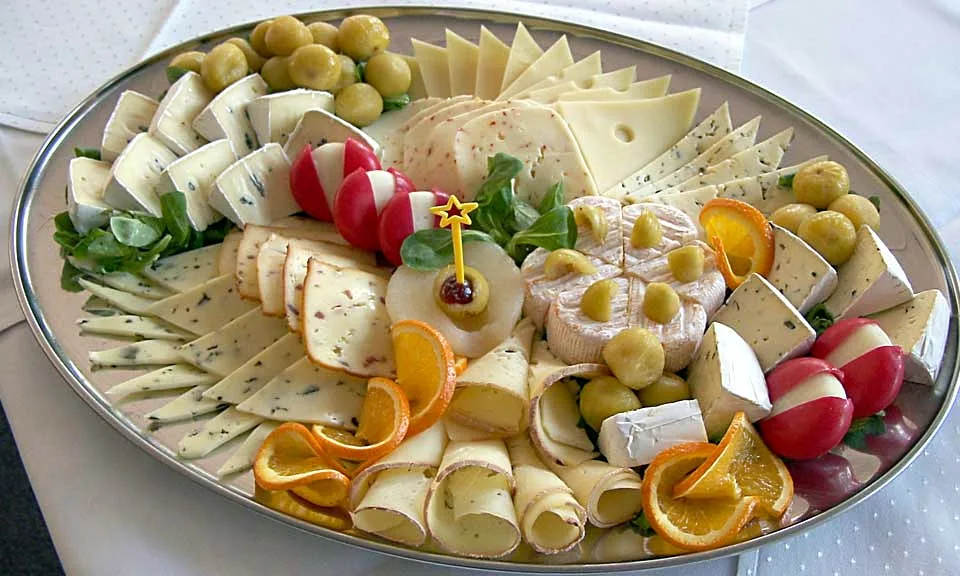Cheese is a dairy product derived from milk that is produced in a wide range of flavors, textures, and forms. Its production involves the coagulation of the milk protein casein, which results in the formation of curds and whey. The curds are then processed in various ways to create different types of cheese. Here’s a detailed overview of cheese:
Basic Components and Process
- Milk: The primary ingredient, which can come from cows, goats, sheep, and other mammals.
- Cultures: Beneficial bacteria are added to milk to start the fermentation process, which gives cheese its distinct flavor and texture.
- Rennet: An enzyme added to milk to coagulate the proteins, separating curds from whey.
- Salt: Used for flavor, preservation, and to control bacteria growth.
Types of Cheese
Cheeses are categorized by factors such as milk type, texture, aging process, and country of origin. Common types include:
- Fresh Cheeses: Soft, unripened cheeses like ricotta, mozzarella, and cream cheese.
- Soft-Ripened Cheeses: Cheeses with a soft, often edible rind, like Brie and Camembert.
- Semi-Hard Cheeses: Cheeses with a firmer texture but still somewhat pliable, like Gouda and Edam.
- Hard Cheeses: Cheeses that are aged longer for a drier, crumbly texture, like Parmesan and Cheddar.
- Blue Cheeses: Cheeses with blue or green mold veins, like Roquefort and Gorgonzola.
Aging and Flavor Development
- Aging (Affinage): The process where cheese is stored under controlled conditions to develop flavor and texture.
- Maturation: The period during which cheeses develop their characteristic flavors, which can range from a few days to several years.
- Flavors: Can be influenced by factors such as the type of milk, diet of the animals, bacteria and molds used, and aging conditions.
Nutritional Value
Cheese is rich in:
- Protein: Essential for muscle repair and growth.
- Calcium: Important for bone health.
- Fats: Provides energy and aids in the absorption of fat-soluble vitamins.
- Vitamins and Minerals: Such as Vitamin A, B12, phosphorus, and zinc.
Culinary Uses
Cheese is incredibly versatile and used in a variety of dishes:
- As a Main Ingredient: In dishes like pizza, lasagna, and macaroni and cheese.
- As a Topping: For salads, soups, and sandwiches.
- In Sauces and Dips: Like fondue and queso.
- As a Snack: Eaten on its own or with crackers and fruit.
Cultural Significance
- Cheese plays a significant role in various cuisines around the world, with each culture having its traditional cheeses and methods of preparation.
- Some cheeses are protected by designation of origin (PDO), which ensures they are produced in specific regions using traditional methods.
Popular Cheeses by Country
- France: Brie, Camembert, Roquefort.
- Italy: Parmesan (Parmigiano-Reggiano), Mozzarella, Gorgonzola.
- Netherlands: Gouda, Edam.
- Switzerland: Emmental, Gruyère.
- United Kingdom: Cheddar, Stilton.
In summary, cheese is a complex and diverse food product that varies greatly in taste, texture, and culinary application, reflecting the rich cultural and regional traditions of its production.
Image from Wikipedia






Recent Comments